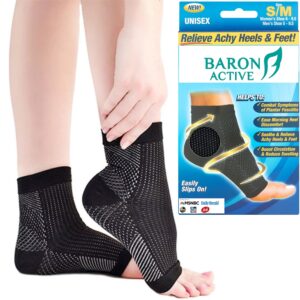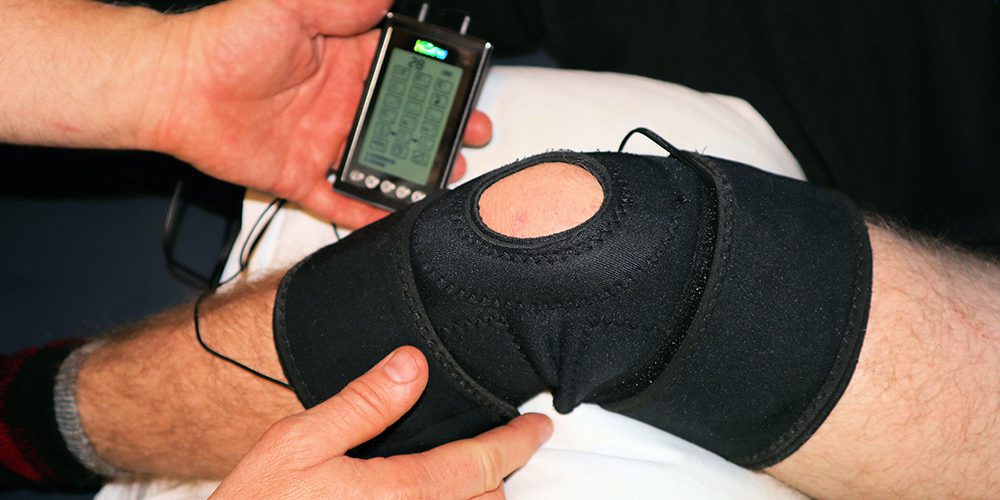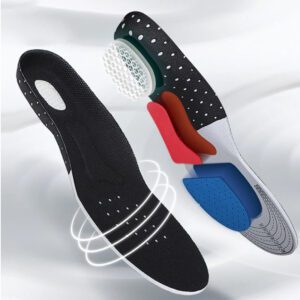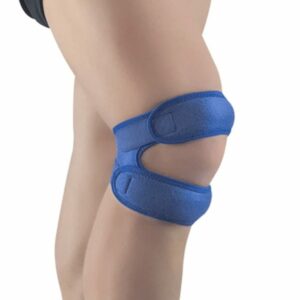Plantar fasciitis is a painful condition which causes stabbing pain in the heel of your foot or near the arch of the foot. The plantar fascia is a thick band of tissue that attaches at the heel and again at the ball of the foot. The function is to provide support to the arch of the foot and shock absorption when walking or running.
Unfortunately, there are a number of different reasons that you can experience the pain of plantar fasciitis, including overpronation of your foot which results in repetitive stretching of the plantar fascia, being overweight, wearing poor supportive shoes or suddenly increasing your milage or intensity while running. Each of these factors can result in plantar fasciitis which requires treatment or you risk the potential that it becomes chronic.
One of the treatment modalities that has good results with patients is a night splint. This splint is designed to keep your foot in a neutral position while you are resting and sleeping in bed. Normally, while in bed, your toe will point downward and the plantar fascia will shorten. When your foot is in neutral, or the ankle at 90 degrees, the plantar fascia is slightly stretched, giving it time to heal without adhesions and reducing your overall pain level.
Night splints can be purchased at most sporting goods stores, or through your doctor, podiatrist or physical therapist. However, sometimes it’s just more cost effective to make one at home. There are several different ways of doing this with materials you probably already have around the house.
Be aware however, that the splint will often take some getting used to in order to be able to sleep through the night. It can also disrupt the sleep of your bedmate and prevent you from sleeping on your stomach.
The goal of the splint is to keep your ankle at 90 degrees while in bed, but your foot will push against the splint during the night and want to drop. The splint you make must be strong enough to withstand the pressure of your foot against it, but comfortable enough to wear all night.
One splint that is easy to make uses an over the counter orthotic device that has a hard surface. Place that up against your foot and ace wrap it in place using a figure 8 movement around the foot and ankle. Some people find that this is enough support during the night to keep their foot in a more neutral position.
If you find that you need more support you can use an extra large tube sock placed over the orthotic and ace wrap to which you have sown a loop in the underside of the sock – the part that is up against the ball of the foot – and at the back of the calf. Loop a long shoe string through the loop under the sock and then around the calf through that loop. Tie the ends together so that your foot is a relaxed position, but not pointing downward.
The more you can keep your foot in neutral the better it is. However, it is also better that you keep the splint on all night. So, you might have more luck with the process if you gradually bring the toes to neutral over a week or two, than to start with the brace at night and remove it after 2 hours because you feel you can’t sleep.





















